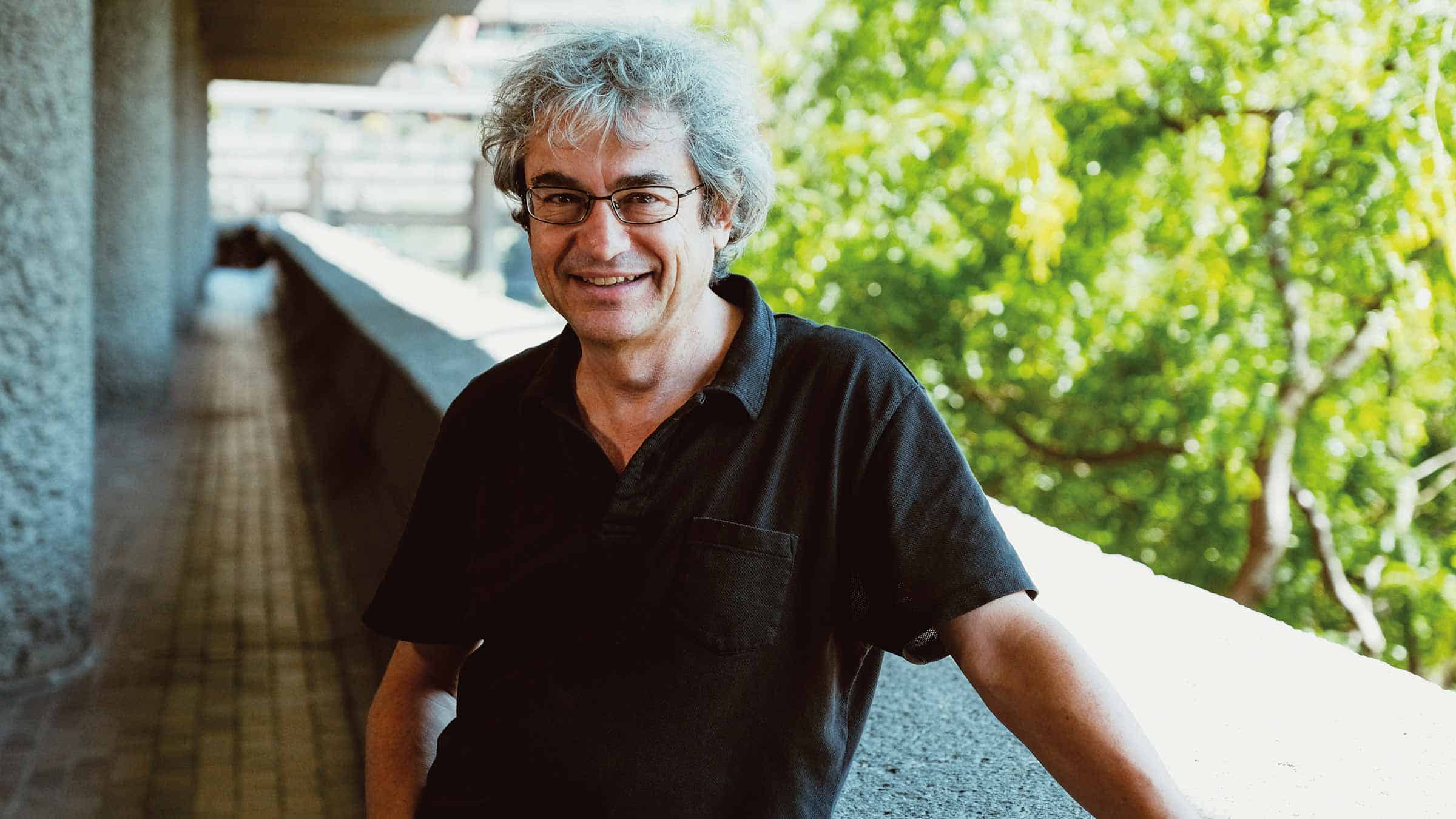PATTERN 5
WE MANIFEST TO EACH OTHER AND ARE MADE REAL WHEN WE ARE WITNESSED

"We left Africa because we wanted to be explorers. We wanted to go on quests together. There was so much to discover and TO dance with each other. We manifest to the other."
It is in manifesting to others that we see ourselves and in the resulting complexity of interconnections and manifestations we glimpse our purpose. Maybe that is all there is to be alive and maybe that is enough.
The need for certainties drops away and the joy of the quest is renewed.
Where Rovelli meets Nagarjuna a new perspective emerges, clear and shining brightly. A perspective that maybe answers questions that have troubled philosophers and scientists for the last two thousand years - who are we, where do we come from, and what is our purpose? Do we have to have one?
Carlo Rovelli, a theoretical physicist describes our world as made of relations and events rather than permanent objects. We, like every other thing around us, exist only in our interactions with one another, in a never-ending game of mirrors. A world where quantum entanglement, whereby two distant objects maintain an instantaneous connection, is not a rare and weird phenomenon that occurs only in laboratory settings but is what happens generally in an interaction. To illustrate Rovelli describes an ordinary everyday situation involving a cake in the oven, the cake thermometer, and me the baker wanting to know if the cake is done. Until I check the thermometer the cake will continue to exist in two states - either done or not. Entanglement, elaborates Rovelli, is not a dance for two partners, it is a dance for three. Reality manifests itself when one system of information correlates with another (cake and the cake thermometer) and both interact with a third system of information (me the baker) that can check.
Nagarjuna was a philosopher of ancient India born at the beginning of the second century CE. In his book, 'Fundamental Verses on the Middle-Way' he describes reality as a world of interdependence and contingencies where nothing exists in itself, and everything exists only through dependence on something else, in relation to something else. There is no ‘I’ other than the vast and interconnected set of phenomena that constitute it, each one dependent on another. This world of phenomena is all that can be investigated, measured, and understood, and about which rules can be derived.
According to Rovelli, “His (Nagarjuna's) perspective has something dizzying about it. He speaks about reality, about its complexity and comprehensibility, but he defends us from the conceptual trap of wanting to find it an ultimate foundation.' I find myself strangely moved and suddenly hopeful by Carlo Rovelli’s use of Nagarjuna's conceptual thinking in attempting to make sense of the findings of quantum mechanics.
Sources
Newscientist - Reality is not things, but connections - Carlo Rovelli interview
Contemplative Inquiry: Exploring Emptiness: Carlo Rovelli and Nagarjuna
Centre de Physique theorque de Luminy - Carlo Rovelli
Guardian.com - Anaximmander and Nature of Science by Carlo Rovelli review